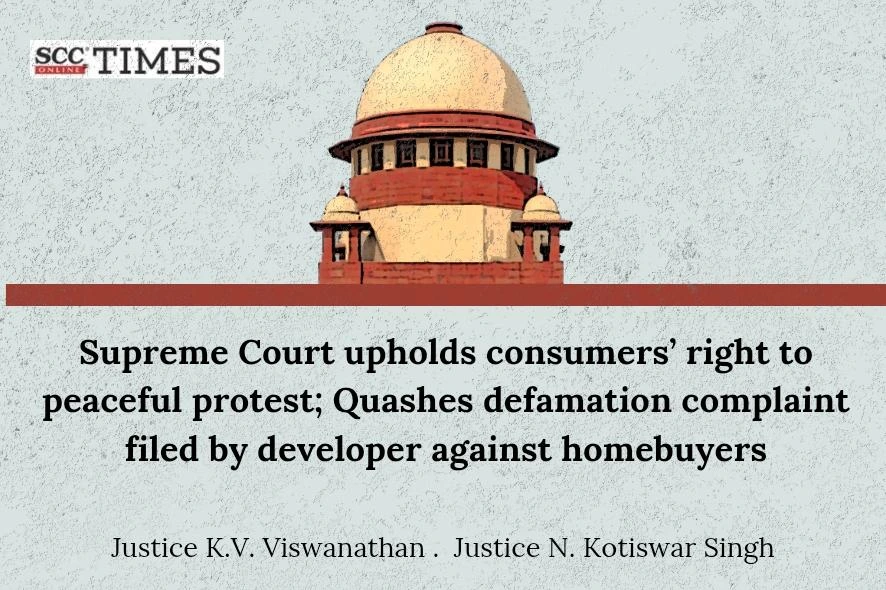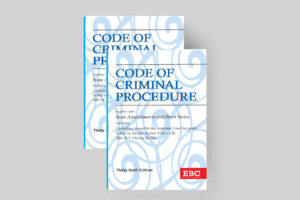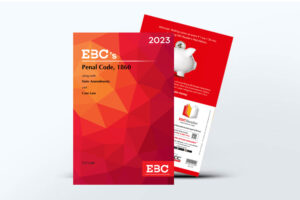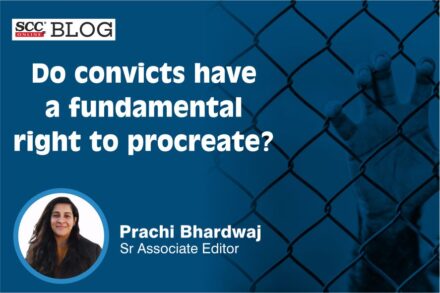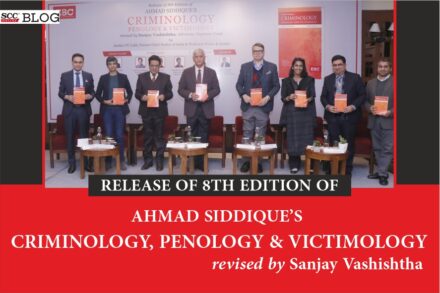Supreme Court: In an appeal filed by the homebuyers against the judgment of the Bombay High Court, which had dismissed their petition seeking quashing of both the complaint and the summons in a defamation case, the Division Bench of K.V. Viswanathan* and N. Kotiswar Singh, JJ., held that the right to protest peacefully without violating the law was a corresponding right that consumers ought to enjoy, just as a seller enjoys the right to commercial speech. The Court observed that any attempt to portray such protests as criminal offences, in the absence of the necessary legal ingredients, would amount to a clear abuse of process and must be curbed at the outset. Accordingly, the Court allowed the appeal and set aside the impugned judgment and order passed by the High Court. Consequently, the complaint pending before the Metropolitan Magistrate Court, along with the order dated 04-10-2016 issuing summons to the homebuyers under Section 500 read with Section 34 of the IPC, was quashed and set aside.
Background
Not satisfied with the services rendered by the developer and having received no response to their repeated entreaties, the homebuyers-home buyers resorted to a unique form of protest. They erected a board/banner, prominently displayed and visible to the public, outlining their grievances in both English and Hindi. In retaliation, the developer threatened to initiate defamation proceedings unless an apology was issued. Upon the homebuyers refusal to comply, a criminal complaint was filed against them for offences punishable under Section 500 read with Section 34 of the Penal Code, 1860 (‘IPC’).
According to the complaint, the homebuyers had initiated a calculated campaign aimed at tarnishing the image and reputation of the complainant by engaging in false propaganda and spreading baseless rumours. It was further alleged that the banners were deliberately put up with full knowledge of their false and frivolous nature, thereby causing harm to the complainant’s reputation. The complainant asserted that the banners were strategically displayed in a manner designed to attract public attention and defame them.
On 04-10-2016, the Metropolitan Magistrate Court, after examining the complaint and the complainant’s verification statement, issued summons to the homebuyers for the said offences. A revision petition challenging this action failed, prompting the homebuyers to approach the High Court through a Writ Petition under Articles 226 and 227 of the Constitution of India, read with Section 482 of the Code of Criminal Procedure, 1973, seeking quashing of both the complaint and the summons. Upon the High Court’s dismissal of their petition, the homebuyers have now approached this Court.
Issue
Whether the complaint filed by the developers makes out a case for offences punishable under Section 500 read with Section 34 of the IPC against the homebuyers.
Analysis and Decision
The Court observed that the High Court had declined to interfere with the issuance of summons, holding that, prima facie, the alleged imputation had the potential to tarnish the reputation of the complainant. While the High Court correctly acknowledged the legal position that, even at the stage of issuing summons, the court is not precluded from examining whether any of the exceptions under Section 499 of the IPC are attracted, it nevertheless concluded, without assigning any reasons, that such matters were questions of fact in the present case. On that basis, the High Court rejected the homebuyers plea and directed them to face trial.
The Court took note of Section 499 of the IPC along with its Ninth Exception, emphasizing that to constitute the offence of defamation, there must be an imputation concerning any person made with the intent to harm, or with knowledge or reason to believe that such imputation will harm, the reputation of that person. However, this is subject to the exceptions enumerated under the section. Specifically, the Ninth Exception, which states that it is not defamation to make an imputation on the character of another, provided the imputation is made in good faith for the protection of the interests of the person making it, or of any other person, or for the public good.
The Court referred to Iveco Magirus Brandschutztechnik GMBH v. Nirmal Kishore Bhartiya, (2024) 2 SCC 86, wherein it was held that if the materials disclosed in the complaint and the documents annexed disclose a complete defence under any of the Exceptions, nothing prevents the Magistrate upon application of judicial mind to accord the benefit of such Exception to prevent a frivolous complaint from triggering an unnecessary trial.
The Court noted that the language used by the homebuyerss in the banners did not contain any foul or intemperate expressions directed at the developer. There was no reference to terms such as “fraud,” “cheating,” or “misappropriation.” Rather, the issues raised were expressed in mild and temperate language, reflecting grievances that the homebuyerss believed to be genuine.
The Court said that in relationships such as that between a builder and a homebuyer, some leeway must be afforded in the manner of communication, particularly when grievances are being aired. As long as the language used stems from genuine concerns and is expressed in good faith, it may fall within the protection offered by the Ninth Exception to Section 499 of the IPC.
The Court emphasized that the determination of good faith is a question of fact, requiring careful analysis of the impugned publication or statement. Citing Chaman Lal v. State of Punjab, (1970) 1 SCC 590, the Court reiterated that the principle of qualified privilege embedded in the Ninth Exception shields statements made with due care, attention, and in pursuit of a legitimate interest, whether personal, third-party, or in the public good.
The Court stated that language serves as the vehicle through which thoughts and concerns are communicated. The key question before the Court was whether the homebuyers had exceeded their privilege by erecting the banner. The Court found that they had not.
As previously noted, the content of the banner merely reflected what the homebuyers perceived to be their genuine grievances against the developer, with whom they were engaged in a business relationship. The reference to “ignoring grievances” suggested ongoing issues, an occurrence not uncommon in builder-buyer transactions.
The Court noted the homebuyers’ careful selection of words, the deliberate avoidance of rude, intemperate, or abusive language, and the peaceful nature of their protest. These factors collectively indicated that the banner had been erected in good faith, without malice, and with the intent to protect their legitimate interests as well as those of other homeowners.
Importantly, the Court reiterated that one of the critical tests in determining the applicability of the Ninth Exception to Section 499 IPC is the nature of the language used in the impugned publication.
The Court observed that the manner of protest adopted by the homebuyers was peaceful, orderly, and devoid of any offensive or abusive language. It could not be said that the homebuyers had crossed the Lakshman Rekha or ventured into territory that could be deemed legally offensive. On the contrary, their conduct clearly fell within the ambit of the Ninth Exception to Section 499 of the Penal Code.
The Court further held that the homebuyers’ peaceful protest was protected under Articles 19(1)(a), (b), and (c) of the Constitution of India, which guarantee the fundamental rights to freedom of speech and expression, peaceful assembly, and association. Permitting the continuation of criminal proceedings in such a context would amount to a gross abuse of the process of law.
The Court also drew a parallel with the constitutional protections in the United States, noting that peaceful pamphleteering has been recognized as a legitimate form of communication protected under the First Amendment. Such non-violent actions, aimed at influencing the conduct of another party, have been held not to warrant legal injunctions.
The Court concluded that the right to protest peacefully without violating the law was a corresponding right that consumers ought to have enjoyed, just as the seller had the right to commercial speech. Any attempt to portray such protests as criminal offences, in the absence of the necessary legal ingredients, was considered a clear abuse of process and needed to be curbed at the outset. For these reasons, the Court allowed the appeal and set aside the impugned judgment and order passed by the High Court.
[Shahed Kamal v. A. Surti Developers Pvt. Ltd., 2025 SCC OnLine SC 811, decided on 17-04-2025]
*Judgment Authored by: Justice K.V. Viswanathan
Advocates who appeared in this case:
For Petitioners: Mr. Sureshan P., AOR Mr. Ajay Panicker, Adv. Ms. Lavanya Panicker, Adv. Mr. Shivam Yadav, Adv.
For Respondent(s): Mr. Siddharth Luthra, Sr. Adv. Mr. Prasenjit Keswani, Sr. Adv. Mr. Nitin Sangra, Adv. Mr. Upmanyu Tewari, Adv. Mr. Syed Kamran Ali, Adv. Mr. Arjun Varma, Adv. Mr. Abhishek Sagar, Adv. Mrs. V. D. Khanna, AOR Mr. Shashibhushan P. Adgaonkar, Adv. Mr. Siddharth Dharmadhikari, Adv. Mr. Aaditya Aniruddha Pande, AOR


